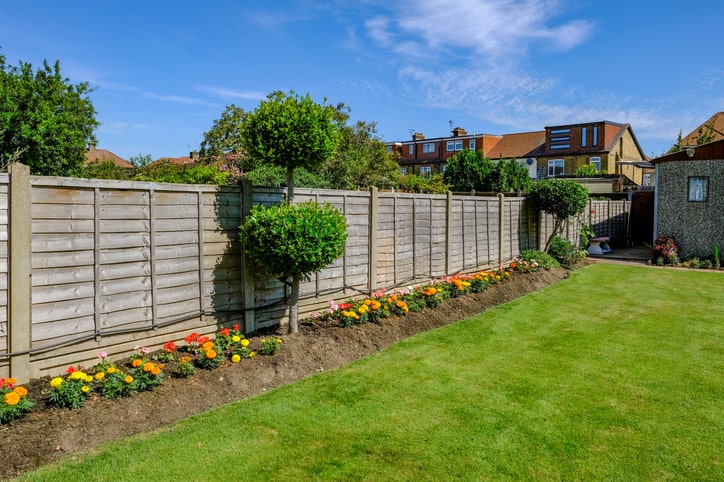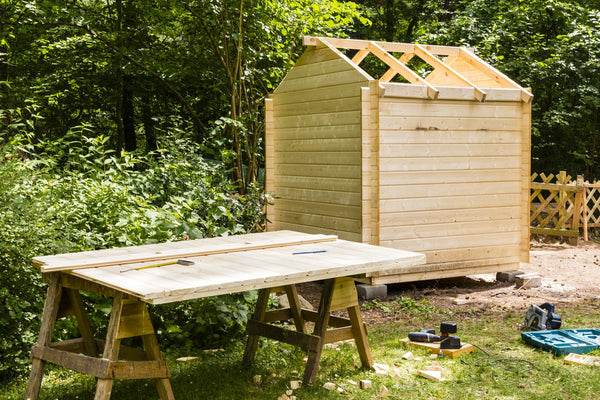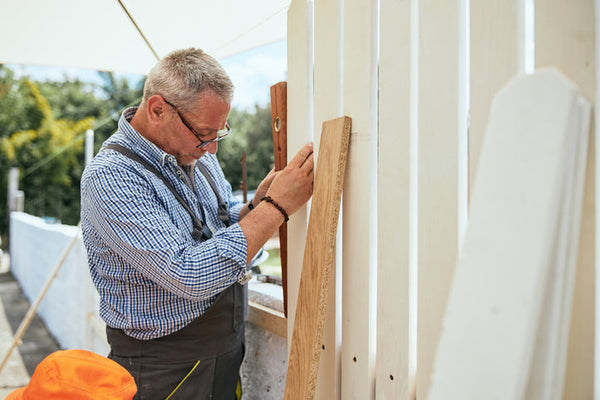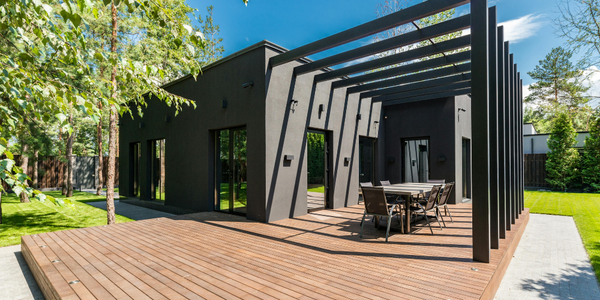Installing a new fence is one of the simplest ways to improve privacy, security, and the overall look of your outdoor space. However, before you start planning your fencing project, it’s important to understand the rules that apply in Durham. While most residential properties can put up a fence without much difficulty, there are local and national guidelines that determine how high you can go, and whether or not you’ll need planning permission.
At BTL Timber, we supply a wide range of high-quality timber fencing materials to homeowners, tradespeople, and landscapers across Durham and the surrounding areas. To help you avoid any costly mistakes or wasted effort, we’ve put together this guide covering the most common fencing rules you should know about.

How Tall Can My Fence Be?
When it comes to installing a new fence, it's important to adhere to local guidelines. As suppliers of high-quality timber supplies - including timber fencing - one of the first questions many homeowners ask us is, “How tall can my fence be without permission?” In most cases, the height of your fence determines whether or not you’ll need to involve your local council.
Up to 2 metres (6ft 6in) high: In most gardens, you can install a fence of up to two metres without the need for planning permission. This is the most common option for rear gardens where privacy is a priority.
Up to 1 metre (3ft 3in) high: If your fence borders a highway used by vehicles or a public footpath, the maximum permitted height without planning permission is one metre.
Adding trellis on top: Trellis panels can sometimes be added above a fence to increase height, but if the overall structure exceeds two metres, planning permission may be required.
Listed buildings or conservation areas: Additional restrictions often apply if your property is listed or sits within a conservation area. Always check with your local authority before making changes.
In short, most standard garden fences at the rear of a property are allowed up to two metres in height. However, when it comes to boundaries facing a road, the rules are stricter. If in doubt, Durham County Council can provide clarification before you commit to materials.
Are There Any Fencing Restrictions in Durham?
Yes. While fencing rules are broadly the same across England, Durham does have specific considerations to keep in mind. Conservation areas, in particular, are closely regulated. If you live in a part of Durham where the character of the neighbourhood is protected, you may find that even modest fencing changes require consent.
There may also be restrictions if your property sits close to agricultural land, protected woodland, or public open spaces. In these cases, the council may limit fence heights or require certain styles of fencing to maintain the area’s natural look. BTL Timber supplies a variety of fencing options - from feather edge boards to decorative panels - so you can choose a style that meets both practical needs and any local requirements.
What If My Fence Is Facing a Public Road?
Fencing that borders a public road or footpath has stricter height rules. As mentioned earlier, you’re usually limited to one metre in height without planning permission. This ensures that visibility for drivers and pedestrians is not obstructed, and it also helps to keep streetscapes consistent.
If you want to install a taller fence in this situation, you will need to apply for planning permission from Durham County Council. Applications are considered on a case-by-case basis, taking into account road safety, neighbour impact, and the general character of the area. When planning your project, always measure the boundary carefully and decide whether a one-metre fence will be sufficient - or whether it’s worth applying for additional height.

When To Apply For Planning Permission
You must apply for planning permission if:
- Your fence exceeds two metres in height (or one metre if it borders a highway or footpath).
- Your property is a listed building or within the grounds of one.
- Your fence forms a boundary with a listed building.
- Your property sits in a conservation area where restrictions apply.
Planning applications in Durham can be made through the county council’s website. The process usually involves submitting measurements, drawings, and a short explanation of your project. While it may feel like an extra step, it’s worth doing properly. A fence built without the correct permission can lead to enforcement action, which may require you to take it down.
By checking in advance and securing permission if needed, you can move forward with peace of mind. At BTL Timber, we often advise customers to confirm the rules before buying their materials, so their fencing project can progress smoothly.
For Quality Timber Fencing, Contact BTL Timber Now
Whether you’re replacing a boundary fence, adding privacy to your garden, or simply looking to improve kerb appeal, BTL Timber is here to help. We supply a full range of fencing materials, including panels, posts, rails, and accessories, all designed to give you strength, style, and durability. Based in Bishop Auckland, we deliver across Durham and the surrounding areas.
If you’re planning your next fencing project, visit our yard or browse our website to explore the full range. For expert advice and the best-quality timber products, choose BTL Timber - your trusted local supplier.










